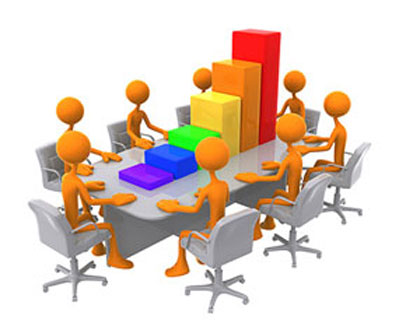
Scrum teams take user stories into sprints.
For many teams that is the end of the conversation. They do not need anything else to describe the work they are doing and the requirements they plan to do in the future.
For other teams, particularly those with a long product backlog, it may be beneficial to use other terms for requirements. Terms like 'epic' and 'theme'.
